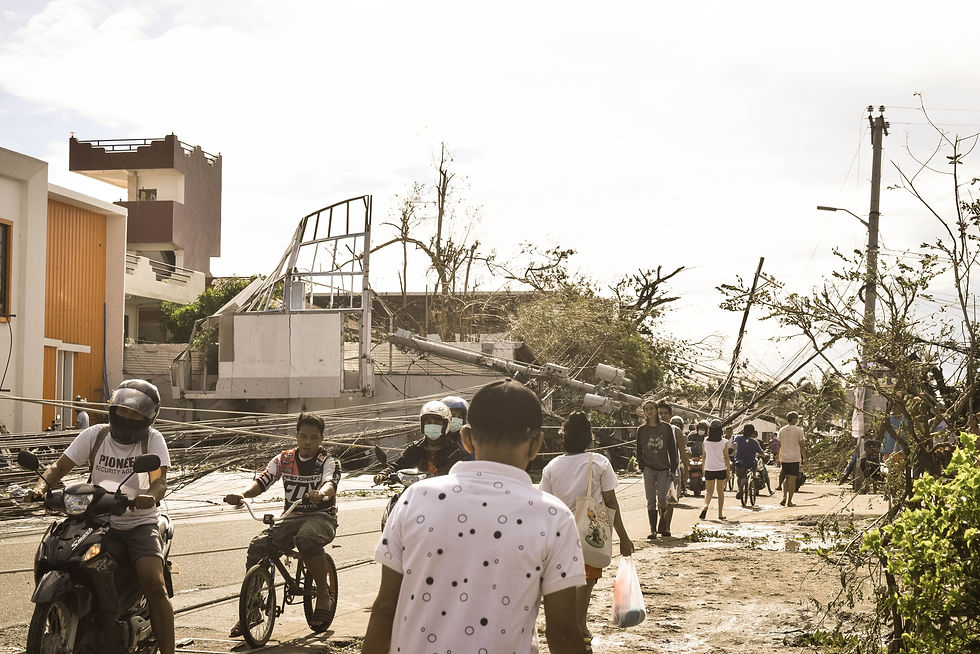Typhoon Mawar: Understanding the Impact and Staying Resilient in Guam

As Typhoon Mawar approaches Guam, it's crucial for residents to understand the potential impact of this powerful storm and take necessary precautions to ensure their safety. In this blog post, we will delve deeper into the nature of typhoons, discuss the potential effects of Typhoon Mawar, and provide guidance on how to stay resilient during and after the storm. Let's explore further!
1. Understanding Typhoons: Typhoons are intense tropical cyclones that form over warm ocean waters. They are characterized by strong winds, heavy rainfall, storm surges, and the potential for widespread damage. Understanding the nature of typhoons can help residents comprehend the risks associated with these storms and take appropriate actions to protect themselves and their properties.
2. Potential Impact of Typhoon Mawar on Guam: While the specific impact of Typhoon Mawar can vary, it's important to be aware of the potential risks. These may include strong winds, heavy rainfall leading to flash floods, storm surges along the coast, landslides in hilly areas, power outages, and disruptions to transportation and communication networks. Stay informed about the latest forecasts to understand the potential severity of the storm's impact on Guam.
3. Preparing Your Home: Taking proactive steps to secure your home can minimize potential damage during the typhoon. Clear your surroundings of loose objects that could become projectiles in strong winds. Reinforce doors and windows, or install storm shutters if available. Trim tree branches that could pose a risk of falling, and secure or store outdoor furniture. Additionally, ensure that your emergency supplies are readily accessible.
4. Evacuation Planning: Familiarize yourself with the evacuation procedures and designated shelters in your area. If authorities issue evacuation orders, follow them promptly and take only essential items with you. Have a plan in place for your pets, and consider the needs of elderly family members or individuals with special requirements. Remember, it is better to err on the side of caution when it comes to your safety.






























Comments